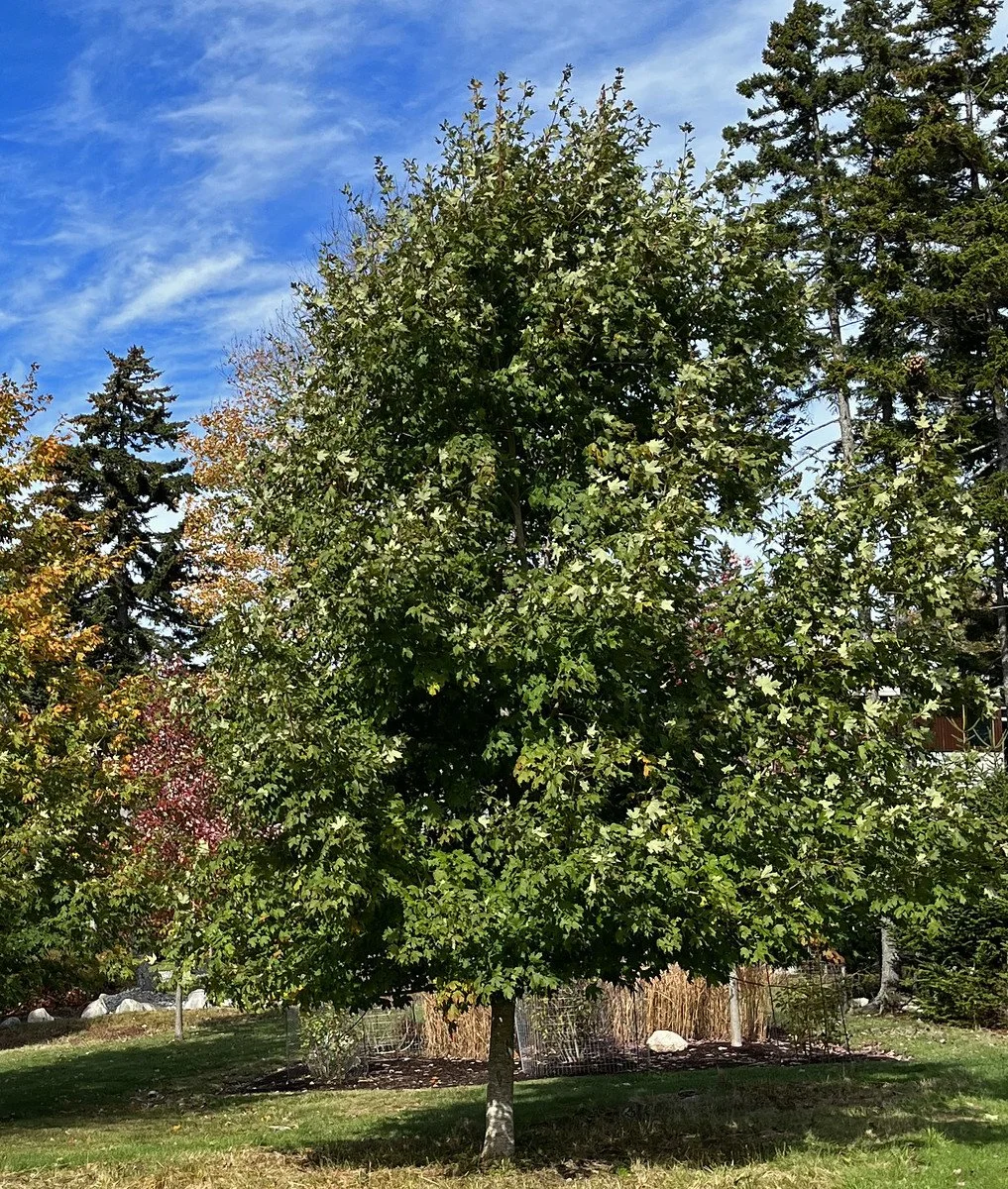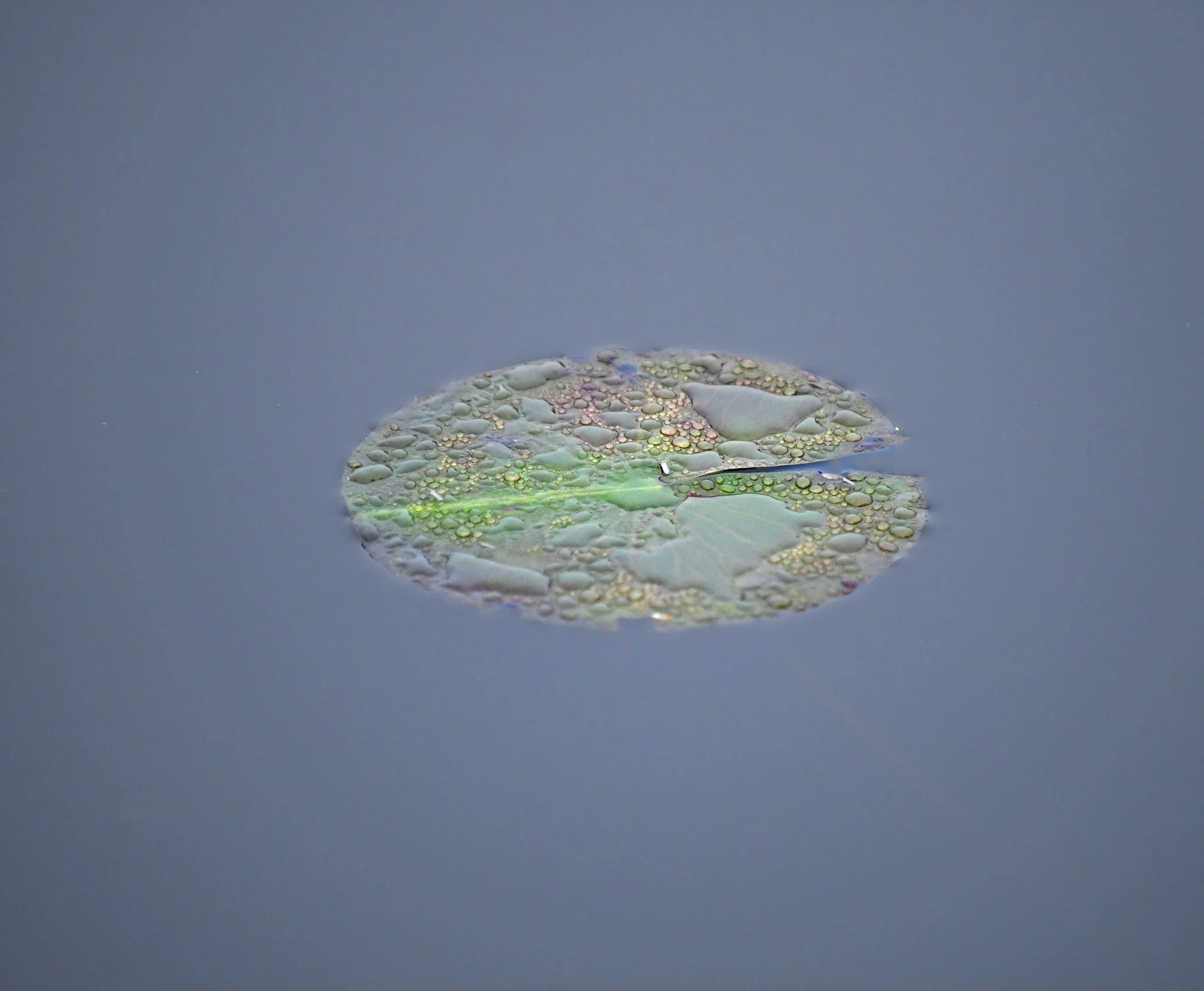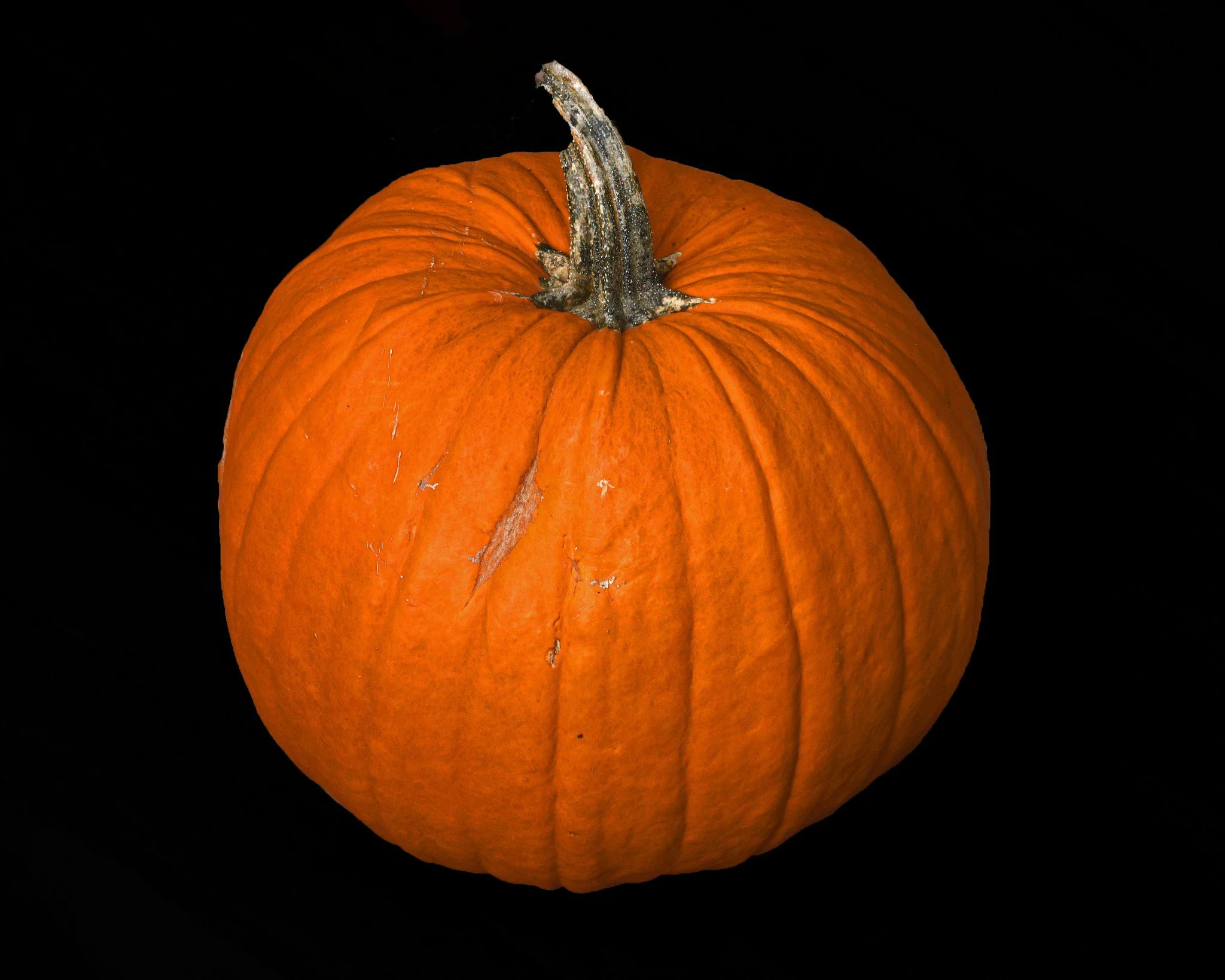If you noticed that Eastern American Toad (Anaxyrus americanus) during your first impression, you’ve got very good eye-brain coordination. Nickname yourself Hawkeye.
Scientists are trying to determine how human and other animals’ eyes and brains coordinate to quickly recognize some partially hidden things from their backgrounds, such as a friend only partly glimpsed in a crowd, or a stop sign when only a small angle of red is seen behind a bush. The answer has medical (e.g., Alzheimer’s-related) and military (e.g., pattern recognition) implications.
But, for those of us who simply want to walk in the woods and do as little harm as possible, we have to remember that there still are a few toads, masters of camouflage, in our paths out there. And, these little amphibians often can’t hop out of our way quickly now, due to the chilly fall temperatures slowing their warty, cold-blooded bodies.























































